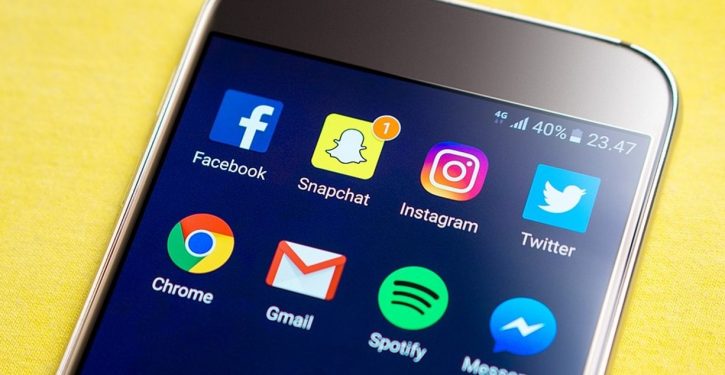
Internet users increased by 115% in Sub-Saharan Africa from 2016 to 2021. Internet connections are spotty, though, and fewer women than men have access to the internet. Internet access is critical to make mobile payments and bring online learning platforms to areas with very low quality schools or schools that cover only a few grades.
160 million Africans obtained broadband internet access from 2019 to 2022. 191 million more Africans made digital payments in 2021 than in 2014.
In Nigeria, Africa’s most populous country, extreme poverty declined by about 7 percent after access to the internet, while labor force participation and wage employment increased by up to 8 percent. Similar gains occurred in Tanzania, the second most populous country in East Africa.
In the vast, sparsely populated desert country of Mauritania, 1000 miles of fiber optic cable were laid in 2022. In Malawi, one of the ten poorest countries on Earth, 4.3 million people have benefited from increased access to high-quality internet.
People now frequently use apps such as WhatsApp to send instant messages even in poor countries like Togo, which has a lower than average income for Africa.
The World Bank spent $732 million on 11 Digital Development projects in Africa since 2018. The World Bank says that the “availability and use of digital technologies are strongly linked to economic growth, innovation, job creation, and inclusion, at both the national and regional levels. Sub-Saharan Africa, however, still faces significant challenges in digital development.”
Further, it says that
- The region’s digital infrastructure coverage, access, and quality still lag other regions. At the end of 2021, while 84 percent of people in SSA lived in areas where 3G service was available, and 63 percent had access to 4G mobile coverage, only 22 percent were using mobile internet services. The gap between coverage and usage is similarly large for broadband, with 61 percent of people in sub-Saharan Africa living within broadband range but not using it.
- Affordability of mobile connectivity, measured by the price of one gigabyte (GB) of mobile data, is another major constraint. In 2019, the average cost of one GB of mobile internet as a percentage of monthly per-capita Gross National Income (GNI) was 10.5 percent, which is considerably higher than the 2 percent target recommended by the United Nations Broadband Commission. In addition, in 2021, the median cost of an entry-level internet-enabled handset amounted to more than 25.2 percent of monthly gross domestic product per capita.
- The region has one of the widest digital gender gaps globally. The greatest disparity exists for internet use, where women are 37 percent less likely than men to use mobile internet according to 2023 GSMA data.
- In 2021, around 470 million people in Sub-Saharan Africa did not have proof of ID, preventing them from fully benefiting from critical public and some private services.



